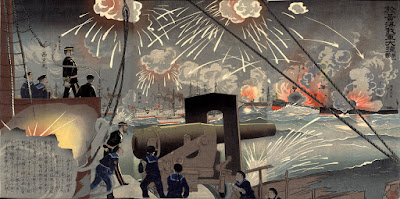 |
The First Day
of Thanksgiving. Oil painting by Jean Leon Gerome Ferris, 1899
|
The "Day of Thanksgiving" is a holiday celebrated in the United States on the fourth Thursday of November. That is, today is the anniversary of institutionalization, but held only on Thursday.
 |
Painting on
the first Thanksgiving celebration in Plymouth, Massachusetts, by Jennie
Augusta Brownscombe, 1914. Pillgrim Hall Museum, Mass.
|
This beautiful custom of giving thanks to God has been an annual tradition of Americans since 1621, when the "Pilgrims" who arrived from Europe in the ship "Mayflower" and celebrated their first harvest at Plymouth, Massachusetts.
 |
Thanksgiving day
symbols.
|
The Thanksgiving Day is traditionally a day for families and friends to gather for a special meal. The food often includes a turkey, stuffing, potatoes, cranberry sauce, gravy, pumpkin pie and vegetables. Thanksgiving Day is a time for many people to give thanks for what they have.
 |
History Thanksgiving Day
|
Some cities celebrate with parades through seventeenth century costumes representative and include carnival costumes and the city of New York.
 |
Thanksgiving Day Parade in New York
|
There are claims that the first Thanksgiving Day was held in the city of El Paso, Texas, in 1598. Another event was held in early 1619 in the colony of Virginia. Many people trace the origins of modern day Thanksgiving harvest celebration of the pilgrims held in Plymouth, Massachusetts, in 1621. But his first real Thanksgiving was in 1623, when they gave thanks for a rain that ended a long drought. These early thanksgivings took the form of a special church service, rather than a party.
 |
Thanksgiving Proclamation
|
In the second half of the 1600s, Thanksgiving after the harvest became more common and began to become an annual event. However, it is celebrated on different days in different communities and in some places there was more than one Thanksgiving each year. George Washington, the first President of the United States, proclaimed the first day of national Thanksgiving in 1789.



















































